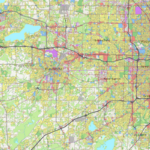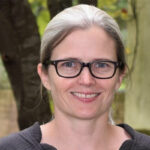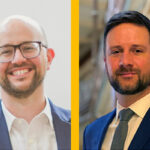SARUP Fellows Present Video. . .
SARUP is pleased to welcome back José Ibarra, our Urban Edge fellow (2019-20) and Michael Jefferson, SARUP’s Fitzhugh Scott Fellow (2019-20) for their culminating lectures and installations. We look forward to these intriguing presentations and installations.
Michael Jefferson
Assistant Professor Adjunct at The Irwin S. Chanin School Of Architecture, The Cooper Union and Assistant Teaching Professor at Penn State University.
2019-20 UWM SARUP Innovation in Design Fellow
Michael Jefferson’s lecture, “Still Processing,” retrieves J.N.L. Durand’s Precis Des Lecons D’Architecture and examines it through the prism of machine learning and artificial intelligence. In pairing the two, the project tests the endurance of disciplinary convention through the application of procedures and techniques that agitate it. The resulting sympathies and frictions between formats chart how conventions within the field of architecture are displaced by contemporary design methods and yield new territories for investigation.
Michael’s installation is physically present in SARUP. “False Walls” is an exhibition of fake walls built with real materials. Tied up between the computational logics of artificial intelligence and the conventional tectonic arrangements of stud framing, the protocols of the machine are mapped onto traditional methods of construction. One part exhaustive and one part interpretive, the project features the production of over 2,000 typical walls, one machine learning model, infinite artificial walls, and four False Walls.
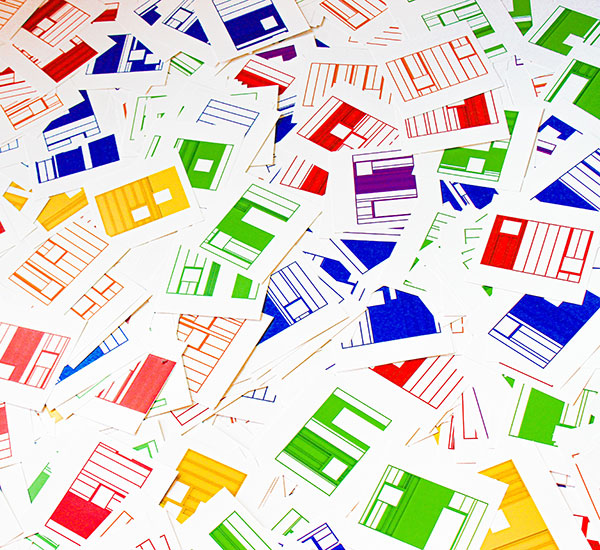
Image credits: Michael Jefferson
José Ibarra, Assistant Professor
School of Architecture, University of Virginia
2019-20 UWM SARUP Urban Edge Fellow
José Ibarra situates architecture within the urban traumas arising during the Anthropocene in his presentation, “Architecture After the End: A Call for Geoempathy.” The world ended in 1784, says Timothy Morton, “when James Watt patented the steam engine” and humanity turned into “a geophysical force on a planetary scale.” This call for “Geoempathy” considers our present as an aftermath, a turn of events in which biological and geological matter are no longer independent, but instead enmeshed with and indistinguishable from one another. Today’s urban traumas urge us to look at the earth as the physical and metaphorical ground for architecture in the Anthropocene. Ibarra collapses geological processes and design to substitute form with process, extend architecture’s temporarily for centuries, and expand our discipline’s constituents to be more than human.
During his presentation, José will share glimpses of his companion ephemeral installation, “End Times: The New Architecture,” a virtual display of architecture’s agility and versatility amidst environmental uncertainty and climate crisis. Several projects explore new possible architectural narratives that can alter the nature of public space, housing, energy, mobility, technology, and other major issues of near-future urbanisms. These projects ask: How can architecture renegotiate its limits with a quickly changing environment? Responses oscillate between speculation, artifice, exaggeration, and optimism by presenting a series of urban crises as opportunities—chances for architecture to respond to, rather than resolve, problems of the Anthropocene.
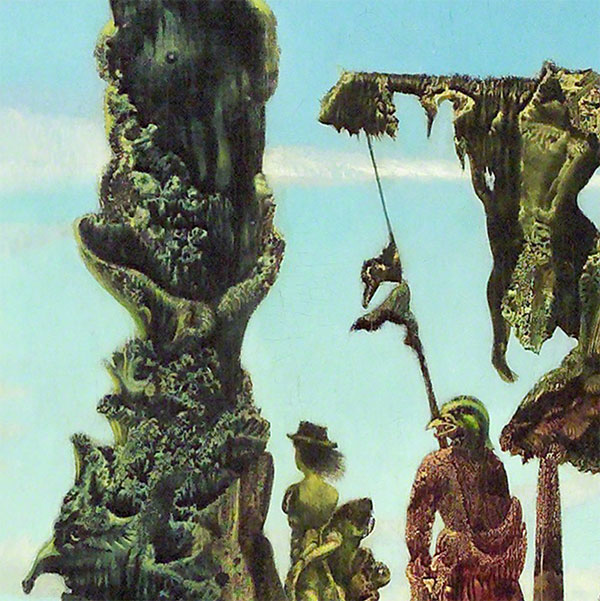
Image credits: Max Ernst, Europe After the Rain II: 1940-1942, oil on canvas

